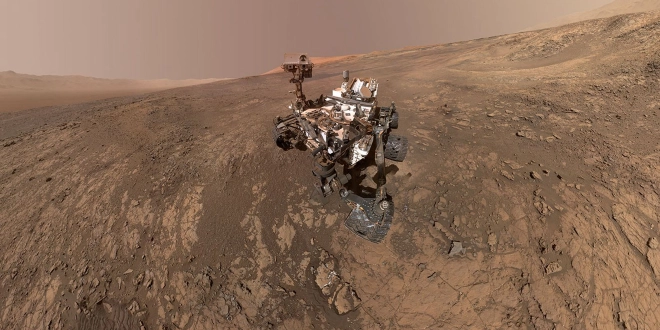Scientists believe that NASA’s Perseverance rover may have already encountered signs of past life on Mars. Recent data from the rover suggests the existence of sediment from a dried-out lake in the Jezero Crater, which was once fed by a substantial river.
Analysis of the data has confirmed that the Jezero Crater once contained a delta system. The rover, affectionately called Percy, was sent to investigate this crater in 2021. Underground radar images indicate that Percy is exploring an ideal location on Mars where it might have encountered signs of microbial life.
David Paige, a planetary scientist at the University of California Los Angeles (UCLA), explains that while orbital observations reveal various deposits on Mars, it’s challenging to determine their original state. To understand their formation, it’s crucial to examine what lies beneath the surface.
One of the rover’s key tools is RIMFAX, which can detect ice, water, or brines up to 10 meters below the surface and map soil and rock layers down to 20 meters. Percy extensively used its radar to investigate the Martian surface as it explored the western edge of the Jezero crater.
So far, the rover has collected rocks and dust from Mars’ surface that show signs of organic compounds. However, it’s uncertain whether these compounds have a biological or geological origin. Scientists believe that a future mission to collect and analyze these compounds in detail will provide more insight.
The analysis suggests that the Jezero crater has recorded a complex geological history influenced by significant changes in the Martian environment. Currently, the rover’s inventory is 60 percent full as it continues its exploration on Mars.


